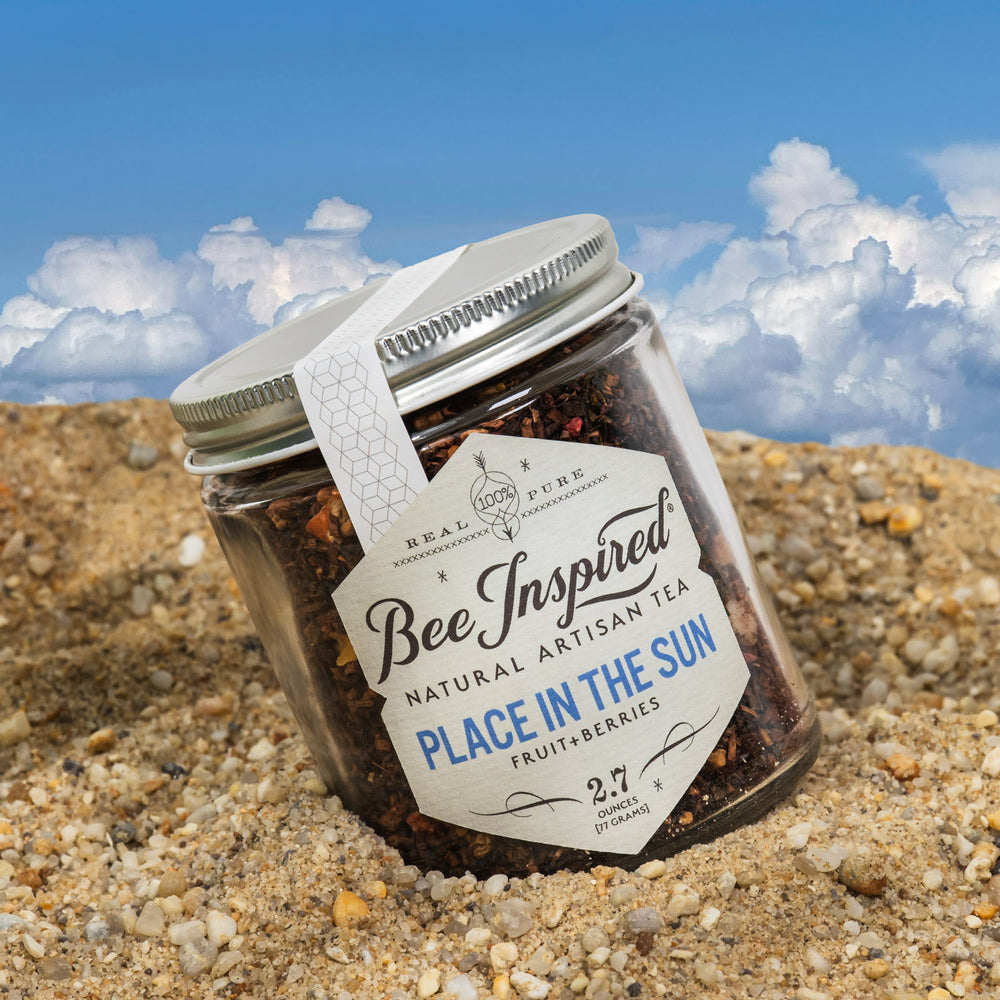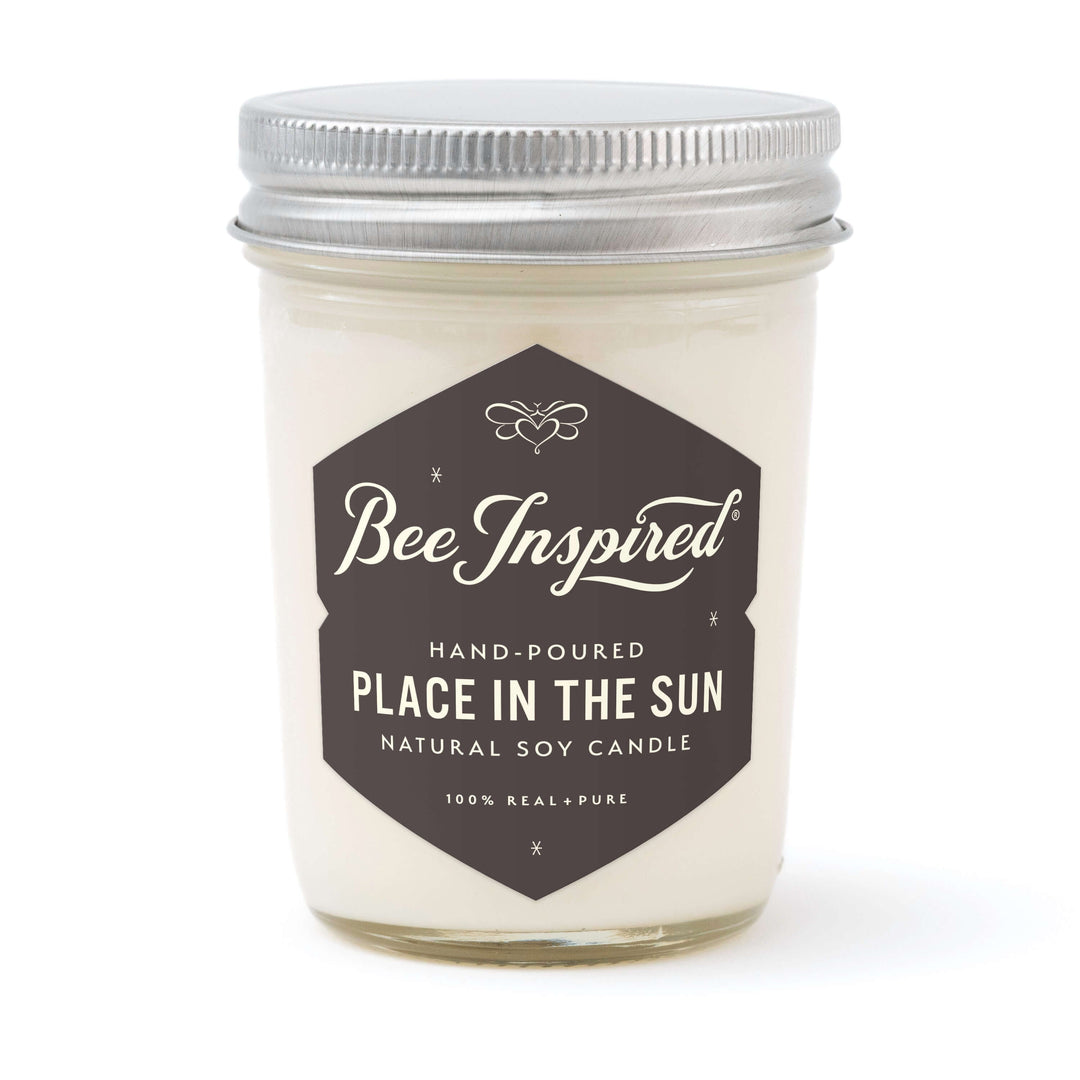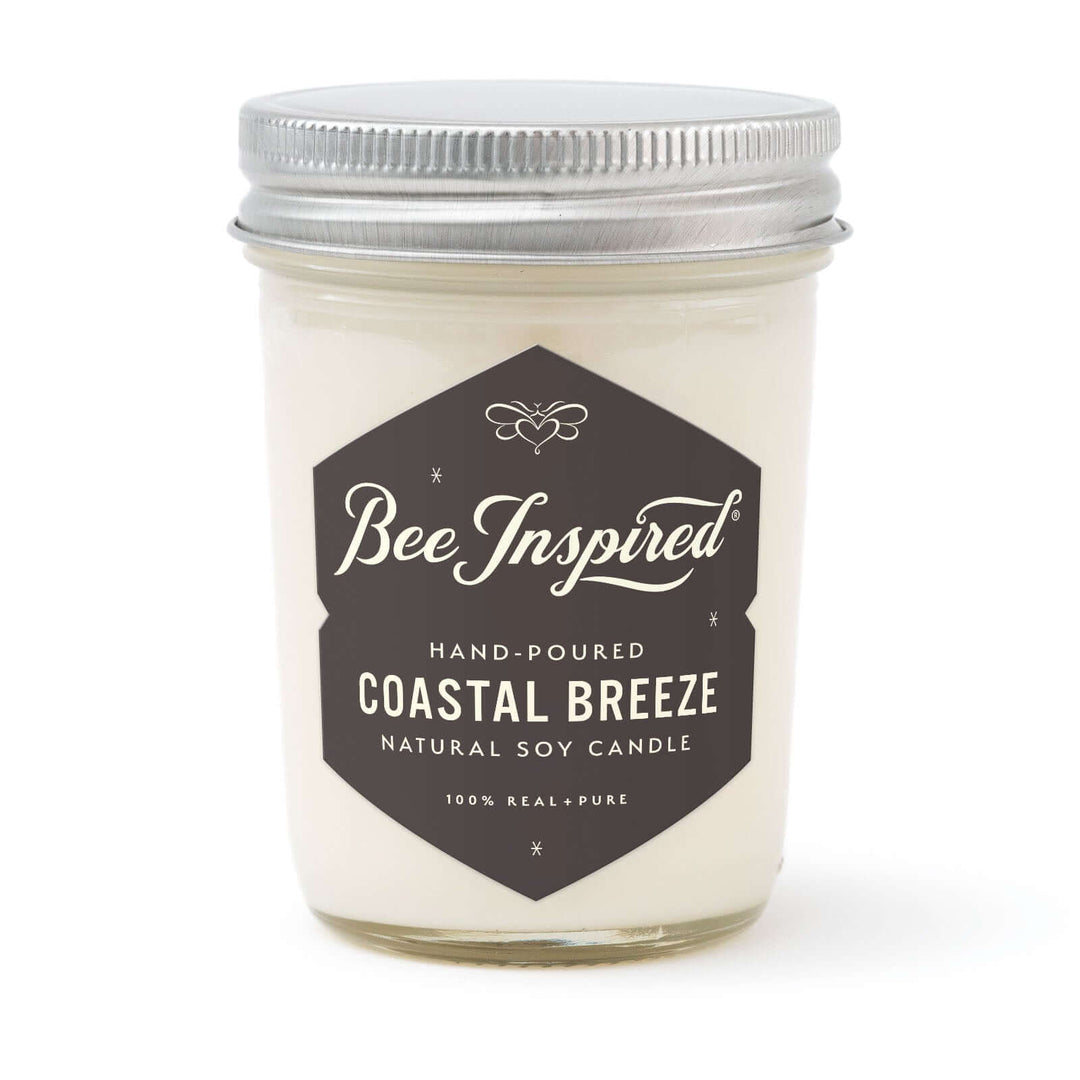Thanksgiving is one of America's most cherished holidays, bringing families together around tables filled with turkey, stuffing, and gratitude. But do you know the real story behind this beloved celebration? The history of Thanksgiving stretches back over 400 years, weaving together harvest celebrations, colonial survival, and the evolution of American identity. Let's explore the fascinating origin of Thanksgiving and discover how this historic feast became the holiday we celebrate today.
The story of the first Thanksgiving begins in November 1621, when Plymouth Colony colonists gathered to celebrate their first successful harvest in the New World. After a brutal first winter that claimed half of the Mayflower's passengers, the surviving colonists had much to be grateful for.
During that harsh first winter, only 60 of the original settlers survived. When spring arrived, the colonists formed crucial relationships with members of the Wampanoag tribe, who taught them essential farming techniques for cultivating corn and other crops in unfamiliar soil. This knowledge proved life-saving, leading to a bountiful harvest by autumn.
To mark this success, the colonists held a three-day harvest celebration in November 1621. The feast brought together the colonists and approximately 90 Wampanoag people, including their leader Massasoit. The menu featured venison provided by Wampanoag hunters, wildfowl, corn, and shellfish—quite different from today's Thanksgiving dinner. Notably absent were the honey pumpkin pie, cranberry relish, and honey pecan pie that grace modern Thanksgiving tables, as refined sugar wasn't available to the colonists.
However, the colonists did have access to honey, which they used for sweetening and baking with honey. European colonists introduced honey bees to North America in the 1620s, raising them for honey, beeswax, mead, and pollination. These early beekeepers used straw skeps until Reverend Lorenzo Langstroth revolutionized beekeeping with his movable frame hive invention in 1852.

Early Thanksgiving Celebrations Before 1621
While the 1621 Plymouth feast is often called "the first Thanksgiving," documented Thanksgiving services actually occurred much earlier in North America. Understanding this broader history of Thanksgiving reveals a more complex narrative of gratitude and survival across the continent.
Spanish Florida Thanksgiving - 1565
The earliest recorded Thanksgiving meal in what is now the United States took place on September 8, 1565, in St. Augustine, Florida. Spanish explorer Pedro Menéndez de Avilés and 800 settlers celebrated their safe arrival with a Mass of Thanksgiving, sharing a feast with the local Timucua tribe—56 years before the Plymouth celebration.
Virginia Thanksgiving Services - 1607-1619
Thanksgiving services were routine in the Virginia Colony as early as 1607 at Jamestown. On December 4, 1619, English settlers at Berkeley Hundred in Charles City, Virginia, proclaimed their arrival day as "a day of thanksgiving to Almighty God," establishing an annual tradition—though this practice ended after conflicts with Native American tribes in 1622.
New England Thanksgiving Traditions
In New England, Thanksgiving evolved into a distinctly Puritan practice. These days of thanksgiving were proclaimed by religious leaders and marked by church services, fasting, prayer, and communal meals. Traditional New England Thanksgiving meals featured turkey, stuffing, squash, and other harvest bounty, creating traditions that continue today.
How Thanksgiving Became a National Holiday
Sarah Josepha Hale's Vision
The transformation of Thanksgiving from regional celebrations to a national holiday owes much to one determined woman. Sarah Josepha Hale, editor of Godey's Lady's Book, campaigned tirelessly for a unified Thanksgiving celebration. She envisioned the holiday as a patriotic tradition centered on family, gratitude, and rural American values.
Through her magazine, Hale promoted the idea of a Thanksgiving feast featuring dishes like turkey, stuffing, and pumpkin pie—foods that have become inseparable from the holiday. She wrote numerous editorials and directly appealed to several U.S. presidents, advocating for a national day of thanksgiving that would unite Americans across regional differences.
Abraham Lincoln's 1863 Proclamation
Hale's persistence finally succeeded during one of America's darkest periods. In 1863, amid the Civil War, President Abraham Lincoln issued a proclamation establishing Thanksgiving as a national holiday. Drafted by Secretary of State William H. Seward, Lincoln's proclamation recommended observing the last Thursday of November as "a day of Thanksgiving and Praise."
Signed on October 3, 1863, this proclamation aimed to unite a divided nation, encouraging Americans to pause and give thanks despite the hardships of war. Lincoln's vision transformed Thanksgiving into a symbol of national unity and gratitude during a time of tremendous strife.
Making Thanksgiving Official - 1941
While Lincoln established the Thanksgiving tradition, the holiday's official status continued evolving. In 1939, President Franklin D. Roosevelt moved Thanksgiving to the second-to-last Thursday of November to extend the Christmas shopping season during the Great Depression. This change proved unpopular and confusing.
Finally, on December 26, 1941, Congress passed a joint resolution fixing Thanksgiving as the fourth Thursday of November, making it federal law. This remains the official date we celebrate today.

Understanding the Complex History: Native American Perspectives
While Thanksgiving celebrates gratitude and community, it's essential to acknowledge the full history of Thanksgiving, including the experiences of Native Americans. The traditional Thanksgiving story often presents a simplified narrative that overlooks the devastating impact of European colonization on Indigenous peoples.
Although the 1621 feast represented a moment of cooperation between the Wampanoag and Plymouth colonists, this peaceful relationship didn't last. By 1637, conflicts erupted into decades of warfare. The colonization of the Americas resulted in millions of Native Americans being displaced from ancestral lands or killed in conflicts and by diseases introduced by Europeans.
For many Native Americans today, Thanksgiving is observed as a National Day of Mourning—a time to reflect on the loss of Indigenous lands, cultures, and lives. Recognizing this complete history allows us to honor the resilience of Native American communities while celebrating the values of gratitude and togetherness that define modern Thanksgiving.
Modern Thanksgiving Traditions
Today's Thanksgiving celebration has evolved significantly from that first harvest feast. The holiday, shaped by 19th-century figures like Sarah Josepha Hale and Abraham Lincoln, now emphasizes family gatherings, abundant feasts, and expressions of gratitude.
The Thanksgiving Meal
The modern Thanksgiving feast centers on turkey—approximately 40 million turkeys are consumed on Thanksgiving Day alone. Traditional sides include stuffing, mashed potatoes, cranberry sauce, and pumpkin pie. Many families incorporate honey into their Thanksgiving recipes, from honey-glazed butternut squash to our popular limited-edition Cranberry Honey, perfect for adding natural sweetness to holiday dishes.
Macy's Thanksgiving Day Parade
The Macy's Thanksgiving Day Parade, held annually since 1924, has become a cultural phenomenon. Featuring elaborate floats, giant balloons, and spectacular performances, the parade attracts millions of spectators and television viewers each year, marking the official start of the holiday season.
Football and Family Traditions
Thanksgiving football games date back to 1876, when Yale played Princeton. Today, watching football has become as much a Thanksgiving tradition as the feast itself. Many families also participate in "Turkey Trot" races, volunteer at food banks, or watch the parade together, creating cherished memories year after year.
Thanksgiving: A Holiday of Gratitude and Reflection
From its origins as colonial harvest celebrations to its establishment as a national holiday during the Civil War, Thanksgiving has continuously evolved. The history of Thanksgiving reflects themes of survival, gratitude, community, and the complex relationships that shaped early America.
As we gather around tables filled with fall desserts, traditional recipes, and loved ones this Thanksgiving, we honor both the historical roots and modern meaning of this special day. Whether you're preparing an Eastern Shore Thanksgiving feast with local honey or carrying on family traditions passed down through generations, Thanksgiving remains a time to express gratitude for our blessings and celebrate the enduring spirit of community.
This Thanksgiving, as you enjoy sweet treats made with our artisanal Eastern Shore honey, take a moment to reflect on the rich history behind the holiday—honoring all the individuals who contributed to this treasured American tradition while acknowledging the diverse perspectives that make up our nation's story.












